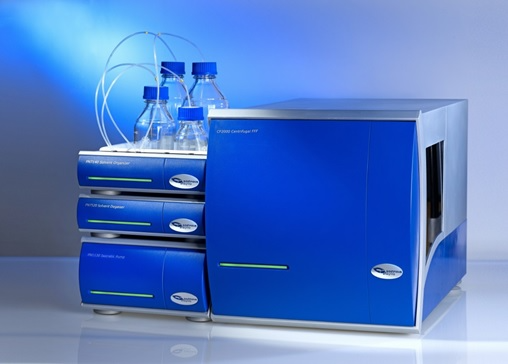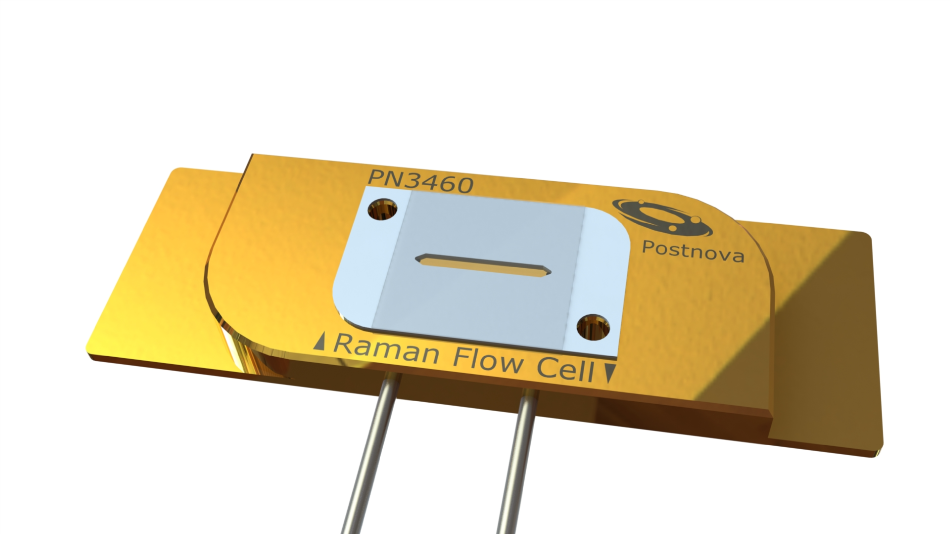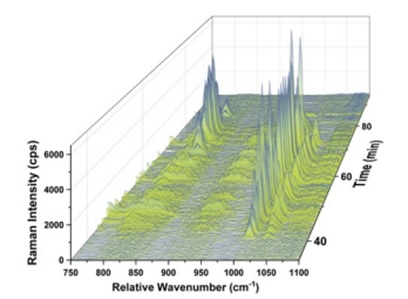Oct 14 2020
Postnova Analytics has published an application note that describes the novel hyphenation of Centrifugal Field-Flow Fractionation (CF3) with UV, MALS and Raman detection and how it has enabled the simultaneous detection, sizing and chemical identification of polydisperse nanoplastic mixtures.
The production and use of millions of tons of plastics worldwide has led to uncontrolled release and accumulation of plastic debris all around our planet with yet unpredictable implications. Recent studies have revealed how plastic in the environment undergoes fragmentation even down to nanometric dimensions. Unfortunately, until now suitable methods for the analysis of such small plastic particle sizes are scarce or limited in the scope of what they can offer.

Because of the wide range of polymers potentially present in nanoplastics, CF3 is an ideal separation technique as it can fractionate those particles with similar size but different mass or density. Like other field flow fractionation techniques - CF3 can be readily connected in-line with a multitude of powerful detectors. For instance, coupling CF3 with UV-detection enables the quantification of a fractionated sample, and adding Multi Angle Light Scattering (MALS) detection provides additional information about size distribution.

However, both these detectors, unlike Raman Microscopy, are not able to provide data relating to the chemical nature of a sample fraction. Therefore, in order to add chemical identification capabilities to the CF3-UV-MALS setup, a dedicated Raman flow cell was developed by Postnova Analytics enabling hyphenation with Raman Microscopy (CF3-UV-MALS-Raman) to provide simultaneous detection, sizing and chemical identification of sample fractions.

The new application note describes how the performance of the CF3-UV-MALS-Raman setup was evaluated using a mixture of three different nanoplastic particles with varying sizes. In order to get an idea of the chemical identity of each particle fraction, the Raman signal at each individual time interval was monitored using the characteristic Raman band of each polymer under study. Data presented shows the Postnova Analytics CF3-UV-MALS-Raman system, not only offers a powerful multifaceted analytical technique to unlock the secrets of polydisperse nanoplastic mixture, but that the set-up can also be useful for nanomaterial characterization in general.
To download a copy of this application note please visit https://bit.ly/2H84tje. For further information on the Postnova Analytics CF2000 Centrifugal Field-Flow Fractionation system please visit www.postnova.com/product/systems/cf2000-centri-fff.html or contact Postnova Analytics on +49-8191-985-6880 / +44-1885-475007 / +1-801-521-2004 or [email protected].